Jordan Derrien
Wonderfulness/dogma/sash/both
13.01.2023 – 26.02.2023
Texte de Natalia Grabowska
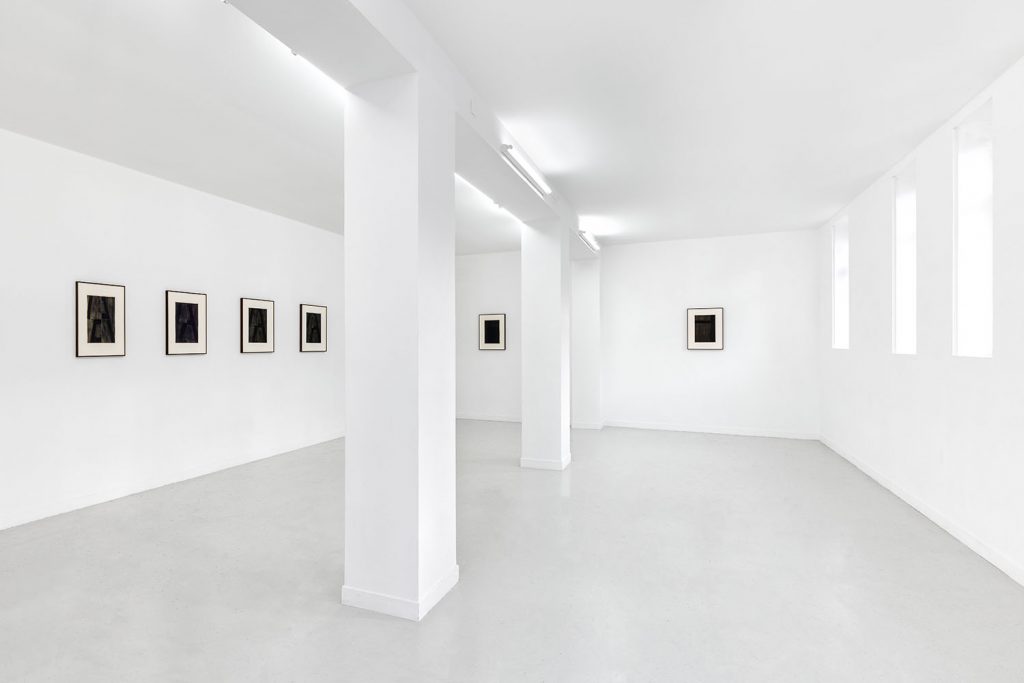

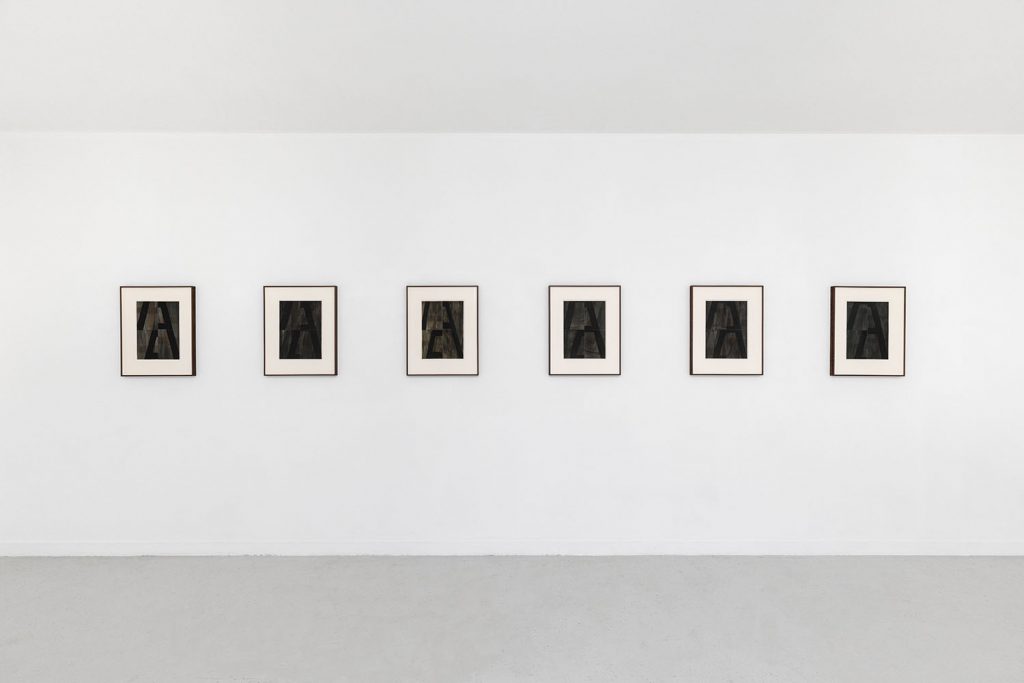
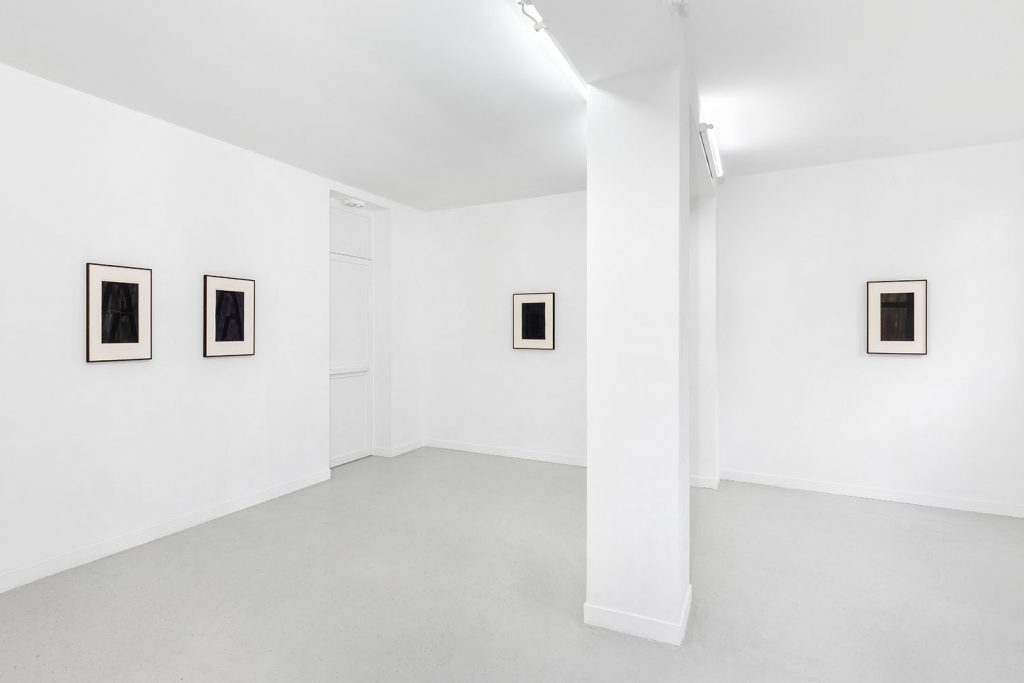
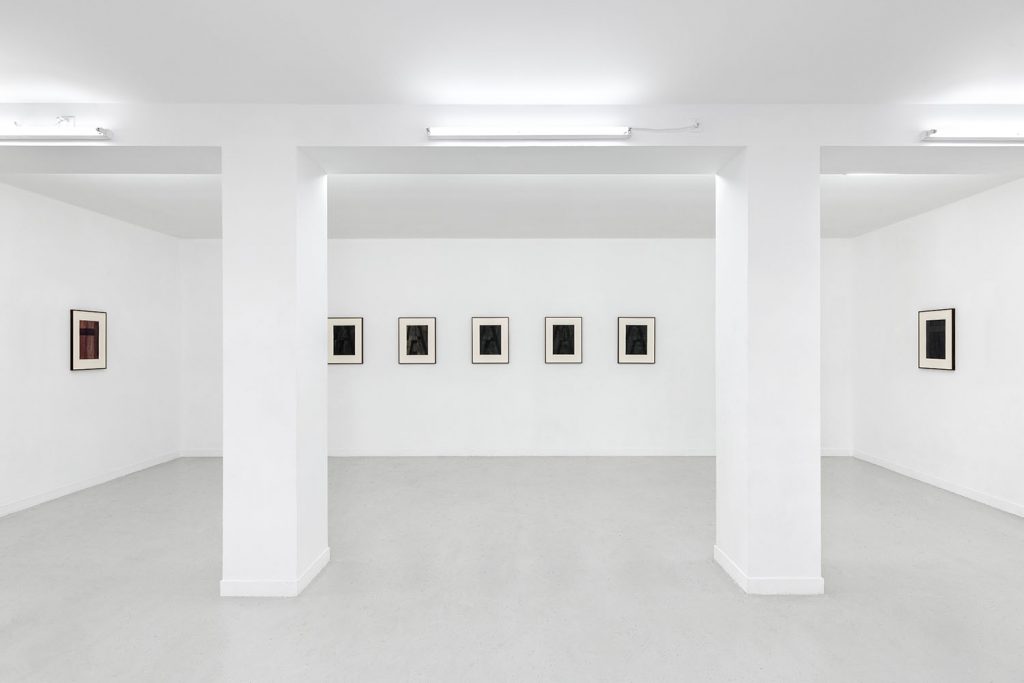
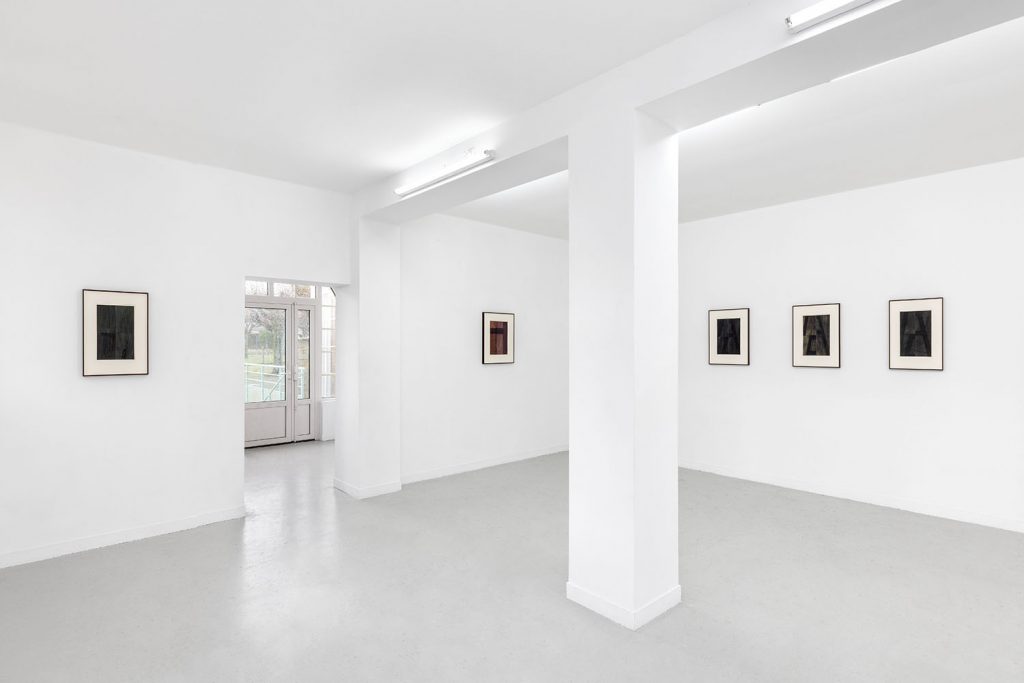
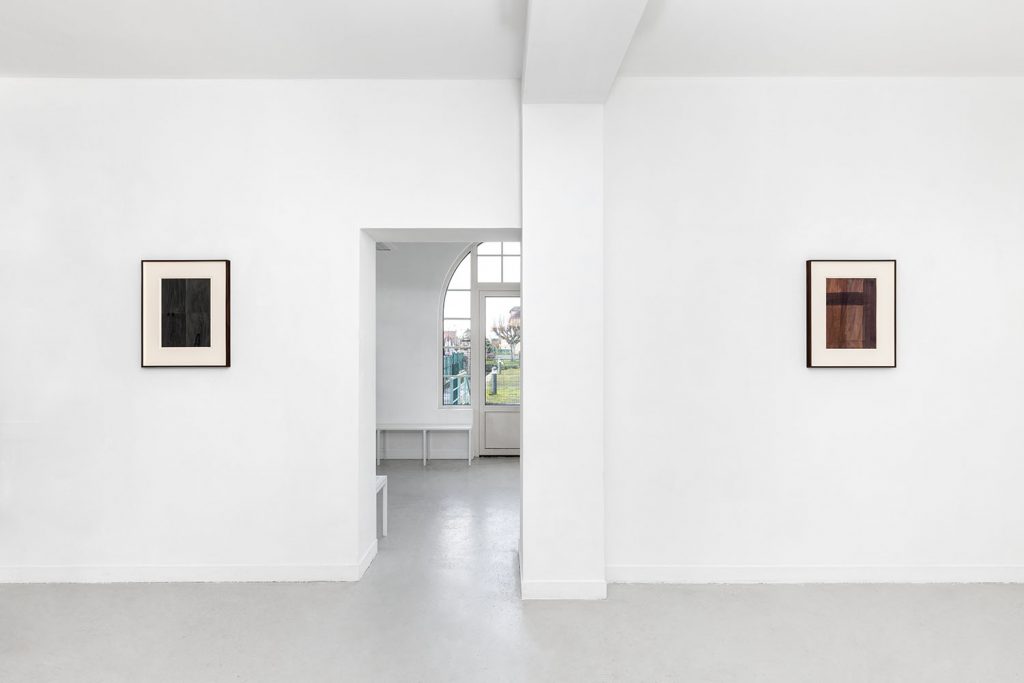



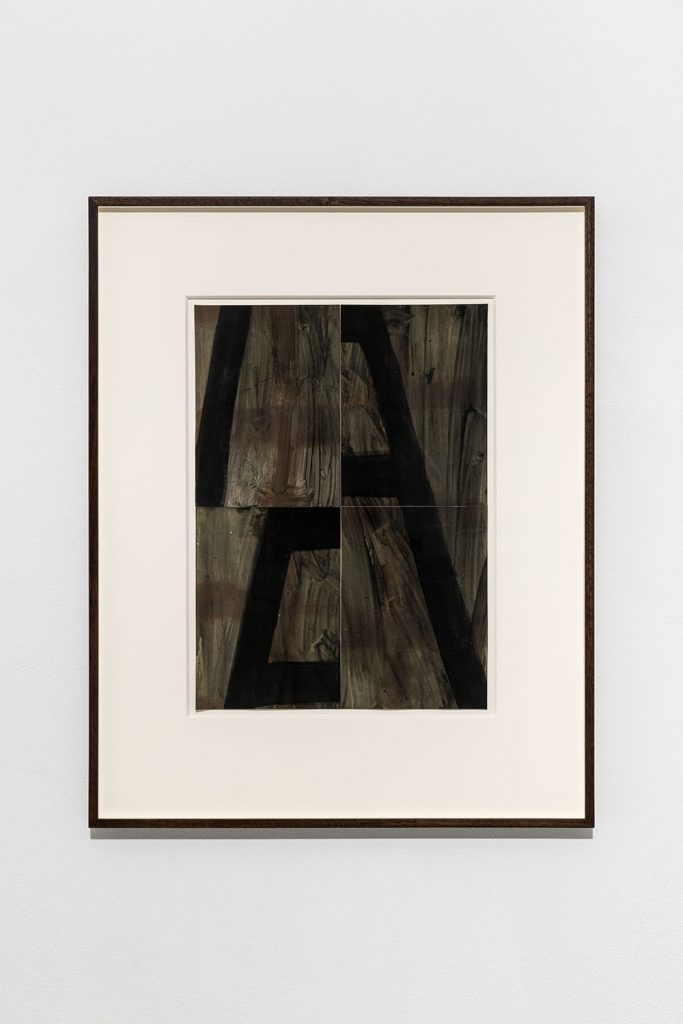
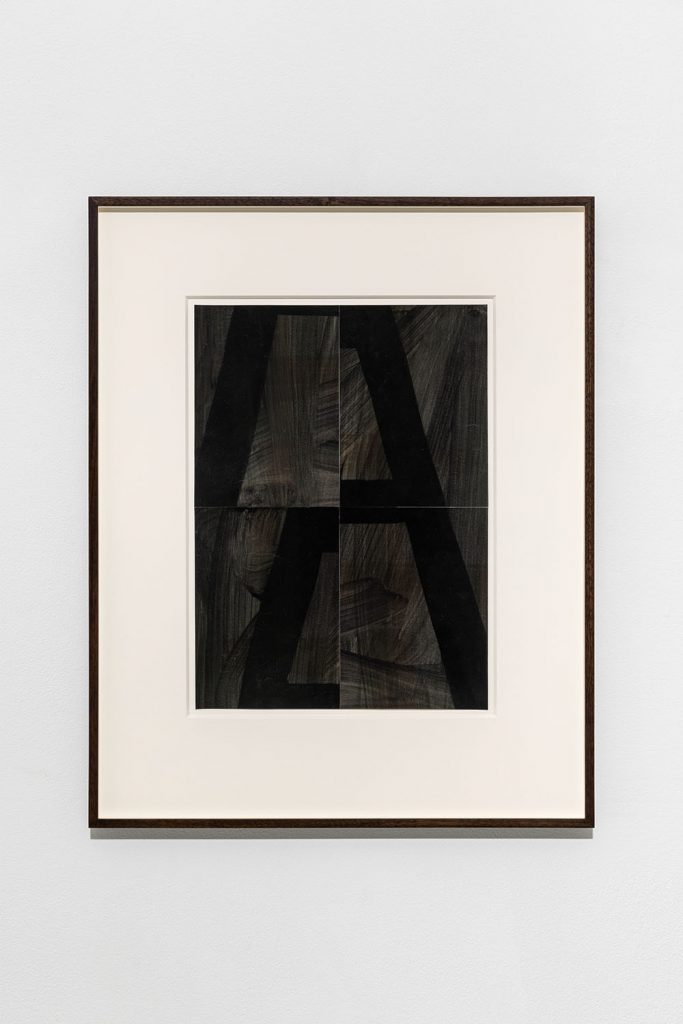
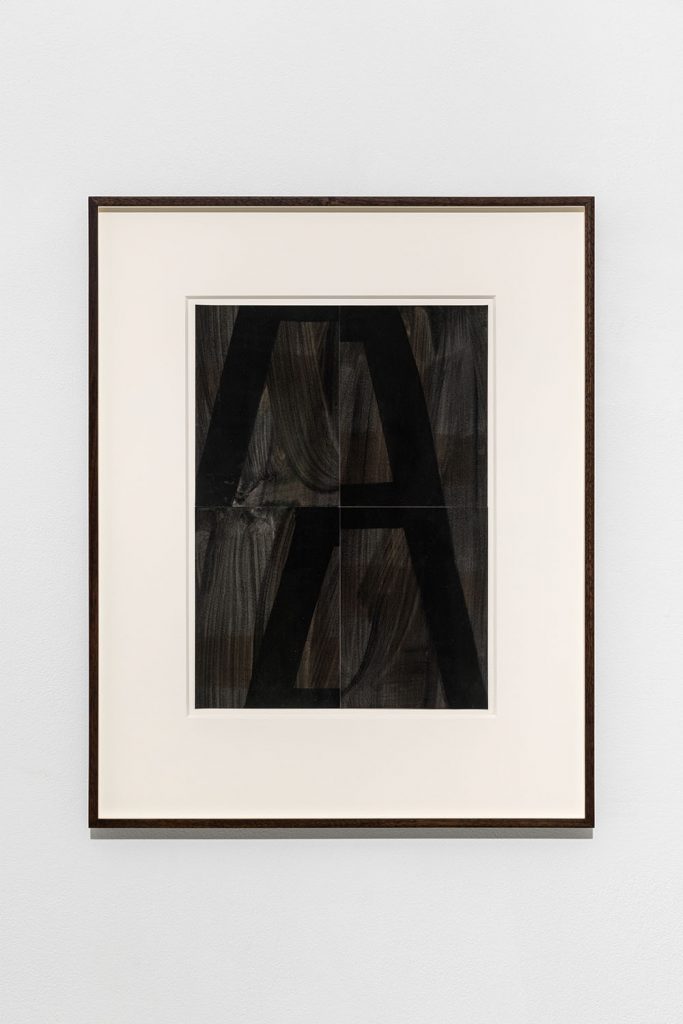

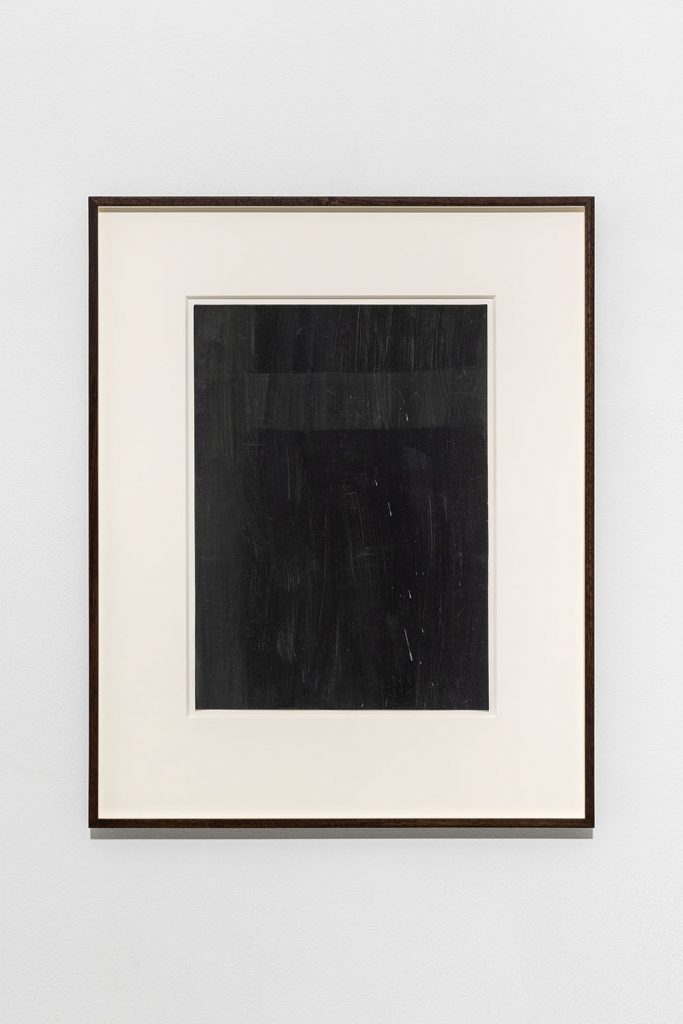
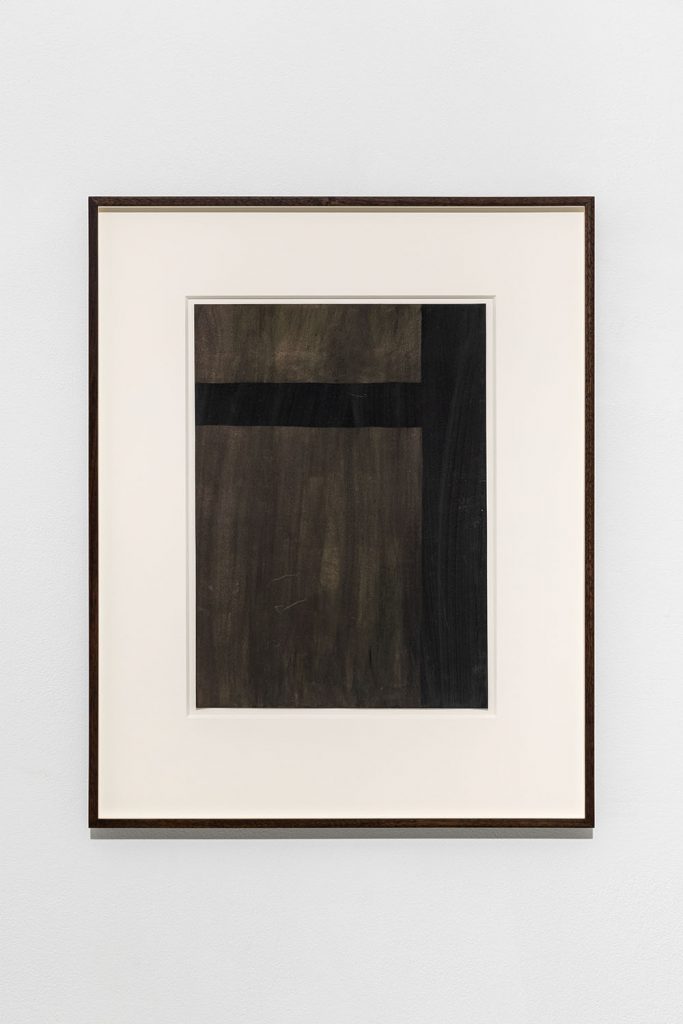

Des fenêtres comme espaces de densité
Il existe, dans le Bwari Pottery Village au Nigeria, un bâtiment dont les fenêtres dépourvues de vitres ont la forme de flèches à la pointe érigée vers le haut. Depuis que je l’ai vu en photo l’année dernière, je n’ai pas pu m’empêcher d’en faire une obsession, tentant de déterminer pourquoi l’habituelle forme rectangulaire ou carrée avait été remplacée, vers quoi ces flèches pointaient, à quoi elles pouvaient faire référence. Si l’on regarde le bâtiment de l’extérieur, les fenêtres fléchées font immédiatement lever les yeux, dirigeant le regard vers le toit en chaume de palmier. Si on les regarde de l’intérieur, elles pointent vers le ciel, et incitent à se rapprocher d’elles, en décidant de la direction vers laquelle les yeux devraient regarder.
La forme de la fenêtre, encourage-t-elle un moment de réflexion alors que nous levons nos yeux au ciel ? Propose-t-elle un antidote à la vie que l’on a l’habitude de percevoir à hauteur de notre regard ? Ou peut-être invite-t-elle à un moment de rêverie, à un monde que l’on peut inventer, nous détournant de l’actualité pour nous plonger vers une réalité imaginée ?
Ce moment d’imagination que peut offrir le simple fait de regarder par la fenêtre se retrouve dans la construction du roman La Jalousie d’Alain Robbe-Grillet (1957). Le narrateur secret (qui ne se dévoile jamais), observe de manière obsessionnelle les rendez-vous de sa femme – seulement connue sous l’initiale A… – avec leur voisin Franck, à travers une fenêtre de sa maison. Les observations répétées du narrateur laissent le·la lecteur·trice perplexes quant à ce qui a réellement eu lieu et ce qui est le résultat de ses propres fantasmes, brouillant doucement les pistes entre réalité et fiction, intérieur et extérieur.
Dans La Jalousie, une fenêtre incarne plus qu’un simple élément architectural – c’est un portail vers le fantasme, la frustration, l’amour et la jalousie. C’est un espace qui permet à une réalité alternative de prendre forme, une réalité construite par les émotions, un espace actif plutôt qu’une surface, tout à la fois obstruant et facilitant, puisque la structure est aussi limitante.
L’intérêt porté par Jordan Derrien pour l’œuvre d’Alain Robbe-Grillet, a permis à l’artiste d’emprunter des formes et des comportements rencontrés dans La Jalousie, en vue de concevoir ce nouvel ensemble d’œuvres. Les fenêtres ont le potentiel de constituer des dispositifs d’encadrement qui dictent ce que nous voyons et comment nous le voyons, soigneusement agencées dans des bâtiments qui façonnent tant l’extérieur que l’intérieur et, par extension, les points de vue et les expériences. En cela, elles ne diffèrent pas tellement des peintures ou des dessins, dans lesquels des éléments figuratifs ou abstraits sont disposés, ce qui permet de les interpréter de diverses manières et de laisser place à nos pensées et à nos émotions afin que ces dernières en influencent la lecture.
Dans sa tentative de dresser le portrait de la mystérieuse A…, le personnage dépeint, n’offre pas une image cohérente, mais ouvre plutôt à davantage de possibilités du regard. Les dessins sous forme de collages qui ne contiennent que des fragments d’information ressemblent presque à une planche d’investigation visuelle, un mystère qui serait encore à résoudre. Un exercice supplémentaire au sein duquel l’imagination est la clé. Regardez-vous l’intérieur de la lettre A ou l’espace en apparence vide qui l’entoure ? Y a-t-il une seule manière d’écrire A ? Une seule manière de lire A… ?
En 1992, James Turrell réalise une œuvre intitulée Space That Sees [L’Espace-voyant], installée de manière permanente au Musée d’Israël à Jérusalem. C’est l’une des œuvres issue de sa série des Skyspace [Espace-Ciel], au sein desquelles le public est invité à passer du temps à l’intérieur d’un espace vide, et à lever les yeux vers une ouverture rectangulaire ou circulaire dans le plafond qui laisse percevoir un ciel et une lumière en perpétuel changement. Cette pièce performative, garantit une expérience vécue unique. Comme le suggère son titre, l’espace participe activement à l’observation, permettant une chorégraphie alternative des éléments naturels qui modifient l’espace environnant. Ici, le « regardeur » est un élément qui est vu par l’espace. Le trou dans le plafond devient une entité en soi, plutôt qu’un simple connecteur entre l’intérieur et l’extérieur.
Dans ses œuvres les plus récentes, montrées à travers deux expositions – Bushels of Goodness and Warmth à V.O Curations à Londres (2022) et Wonderfulness/dogma/sash/both aux Bains-Douches à Alençon (2023) –, Jordan Derrien poursuit son exploration des espaces qui contiennent ou confinent. Dans les deux cas, les pièces répondent de manière directe aux espaces où elles sont installées, en s’appuyant sur les éléments architecturaux préexistants. Les œuvres et les fenêtres de la galerie sont en dialogue les unes avec les autres, faisant fléchir la hiérarchie entre elles. En ce sens, l’espace est également activé par les œuvres qui le détournent.
Natalia Grabowska
*
Windows as Spaces of Density
There is a building in the Bwari Pottery Village in Nigeria where its unglazed windows are in the shape of arrows pointing up. Ever since I saw a picture of it last year, I couldn’t stop obsessing over it, trying to decipher why the common rectangular or square shape has been replaced, what are they pointing towards, what might they reference. Looking at the building from the outside, the arrowed windows immediately make one look up, directing the gaze to the palm thatch roof. Looking at them from the inside of the building, they point to the sky, making one come closer to it, deciding on the direction of what the eyes should be looking at.
Does the shape of the window encourage a moment of reflection as we look up at the sky; an antidote to the life we see on eye level? Or maybe it is inviting a moment of fantasy, a world we can make up, drifting away from current affairs into an imagined reality?
That moment of imagination that looking through a window can offer can be also found in the construction of Alain Robbe-Grillet’s novel La Jalousie (1957). The secret narrator, who never reveals himself, is obsessively watching the encounters of his wife – only known as A… – with their neighbour Franck, through a window in his house. The narrator’s repetitive observations leave the reader confused between what has actually happened and what is the result of the narrator’s fantasy, blurring smoothly the lines between reality, fiction, interior and exterior.
In La Jalousie a window becomes something other than an architectural element – a portal to fantasy, frustration, love and jealousy. It’s a space that allows another reality to form, one that is constructed by emotions, it’s an active space rather than a surface, obstructing and enabling at the same time, as the structure is also limiting.
Derrien’s interest in the work of Alain Robbe-Grillet enabled the artist to borrow forms and behaviours found in La Jalousie that have shaped the new body of work. Windows have the potential to be framing devices that dictate what we see and how we see it, carefully arranged in buildings that shape both the exterior and interior and by extension – points of views and experiences. In that they are not dissimilar to paintings or drawings, where figurative or abstract elements are arranged in a certain way that allows us to interpret them in a variety of ways and make space for our thoughts and emotions to influence the reading.
In his attempt to make a portrait of the mysterious A…, the depicted character doesn’t offer a coherent image, but rather opens more possibilities of looking at it. The collaged drawings that contain only fragments of information resemble almost a visual investigative board – a mystery that is yet to be solved. Another exercise where imagination is key. Do you look to the inside of the letter A or to the seemingly empty space that surrounds it? Is there only one way to write A? One way to read A…?
In 1992 James Turrell made a work titled Space That Sees, which is permanently installed at The Israel Museum in Jerusalem. It is one of the works in his Skyspace series, where the visitor is invited to spend time in an empty space and look up through a rectangular or circular hole in the ceiling at the constantly changing sky and light. This performative piece ensures that each time the experience of being there is different, as the title suggests the space is an active participant in the viewing, allowing a different choreography of natural elements that alters the surrounding space. In here, the ‘viewer’ is an element that is seen by the space. The hole in the ceiling becomes an entity in itself, more than a connector of the inside to the outside.
In his recent body of work showed across two exhibitions – Bushels of Goodness and Warmth at V.O Curations in London (2022) and Wonderfulness/dogma/sash/both at Les Bains-Douches in Alençon (2023) – Jordan Derrien continues the exploration of spaces that contain or confine. In both cases the works have also directly responded to the spaces where they are installed – building up on the existing architectural elements. Artworks and windows in the gallery are in dialogue with one another, with the hierarchy between them bent. In this sense, the space is also activated through the works that turn it inside out.
Natalia Grabowska
Online documentation